Heat Pad for Knee: Everything You Need to Know
Are achy, stiff knees making life a drag? Tired of letting pain dictate your day? If you've tried all the usual tricks and still find yourself wincing with every step, it's time to explore the power of heat therapy.
Heat pads aren't just for a cozy night in. They offer targeted relief for knee pain, boosting blood flow, easing stiffness, and helping you reclaim your mobility. In this article, we will talk about how heat therapy works its magic, guide you through the working principle of the perfect knee heating pad for your needs, and share best practices for safe and effective use.
So let's get started.
🏃♀️🏃🏃♂️Do Heated Knee Pads Work?
Yes, heated knee pads can be an effective way to manage knee pain and stiffness. While they won't replace other treatments like medication or physical therapy for specific conditions, there's sound science behind their benefits:
The sensation of warmth on your skin has a powerful effect on comfort levels. Heat signals your brain to release natural painkillers, temporarily reducing discomfort in your knee. Also, heat increases blood circulation to the area. This influx of oxygen and nutrients promotes healing and speeds up the removal of inflammatory substances that contribute to pain.
Heat relaxes tight muscles and tendons. Increased flexibility makes it easier to move your knee joint through its full range of motion, reducing stiffness and improving mobility. This is particularly helpful if you have conditions like osteoarthritis, where stiffness and limited range of motion are common complaints.
Are Heating Pads Good for Knees?
Absolutely! Heat therapy is a tried-and-true method for easing knee pain and improving flexibility. But how exactly does it work?
-
Boosts circulation: Heat acts like a magnet, drawing more blood to the targeted area. This increased blood flow delivers a flood of oxygen and essential nutrients to your knee joint. These building blocks are crucial for repairing damaged tissues and promoting healing.
-
Reduces stiffness: Think of your stiff muscles and tendons as taffy – stiff and inflexible when cold. Heat warms them up, making them more pliable and elastic. This improved flexibility translates to a wider range of motion in your knee, easing that achy stiffness and making movement feel more natural.
-
Soothes pain: A great heating pad can be a lifesaver when it comes to knee pain relief. It works in two ways. First, increased blood flow helps flush away inflammatory byproducts that contribute to pain. Second, heat can actually interfere with the transmission of joint pain signals along nerve fibers, providing temporary relief and allowing you to move more comfortably.
If your knee is swollen or inflamed, start with ice packs to reduce inflammation before applying heat.
Which is Better for Knee Pain: Ice or Heat?
It's not a battle of good vs. evil – both heat and cold therapy have their place in managing knee fatigue. Here's the breakdown:
🧊 Ice: Your Go-to for Acute Injuries
-
When: Use ice immediately after a knee injury, such as a sprain, strain, or flare-up of arthritis marked by swelling and inflammation.
-
Why: Ice constricts blood vessels, reducing blood flow to the area. This helps minimize swelling, inflammation, and pain.
-
How long: Apply ice for 15-20 minutes at a time, several times a day, for the first 2-3 days after an injury.
🔥 Heat: Chronic Pain Soother
-
When: Reach for the heating pad for the knee when dealing with chronic knee pain, stiffness, muscle soreness after activity, or non-inflammatory conditions like osteoarthritis.
-
Why: Heat increases blood flow, relaxes muscles, eases stiffness, and provides temporary pain relief
-
How long: Use heat for 15-20 minute sessions, multiple times as needed throughout the day.
How Long Should You Leave a Heating Pad on a Sore Knee?
For safe and effective use, stick to these guidelines:
-
Session Time: Limit each heat therapy session to 15-20 minutes. Get a heating pad for the knee with an auto-off feature. Longer exposure can increase your risk of burns or skin irritation.
-
Sessions Per Day: You can safely apply heat to your knee multiple times throughout the day. Give your skin a break between sessions to cool down.
-
Watch for Redness: If your skin becomes overly red or irritated, remove the heating pad immediately. Taking breaks between sessions helps prevent this.
Important Considerations:
-
Don't sleep with it: Never fall asleep with a heating pad on your knee. It's a fire hazard and you risk serious burns.
-
Cover it: Always place a thin cloth or towel between the heating pad and your skin to prevent direct contact.
-
Check your skin: Be extra cautious if you have reduced sensation in your skin. Check your knee periodically during use to make sure the heat level is comfortable.
Is a Heating Pad Good for Arthritic Knees?
Yes, heat therapy can provide significant relief for arthritic knee pain and stiffness. Here's why it's particularly helpful for arthritis:
-
Eases Stiffness: Arthritis often causes joints to feel stiff, especially in the morning. Heat warms those stiff joints, improving flexibility and making movement less painful.
-
Reduces Pain: Heat therapy can temporarily block those pesky pain signals your inflamed joint sends to your brain. This means moving your knee will be easier and less uncomfortable.
-
Complements Exercise: If you have arthritis, staying active is essential for long-term joint health. Applying heat before exercise can warm up your muscles and joints, making movement more fluid and reducing discomfort during your workout.
Types of Arthritis: Heat therapy can be beneficial for various forms of arthritis, including:
-
Osteoarthritis: The most common type, caused by wear and tear on joint cartilage.
-
Rheumatoid Arthritis: An autoimmune condition that causes joint inflammation.
Remember: Heat therapy isn't a cure for arthritis, but it's a safe and effective way to manage pain and improve your quality of life.
What Type of Heat is Best for Arthritis?
There are two main types of heat therapy: dry heat and moist heat. Both offer benefits for arthritis pain, but the best choice might depend on your personal preference and the specifics of your condition.
-
Dry Heat
-
Sources: Heating pads, electric blankets 🛌, warm gel packs
-
Benefits: Easy to use, convenient, and good for overall warmth and muscle relaxation.
-
-
Moist Heat
-
Sources: Warm baths 🛁, warm showers 🚿, steamed towels, hot compress, moist heating packs
-
Benefits: May penetrate deeper into muscles and joints, offering a more intense sensation of warmth and pain relief.
-
Which Is Better? The choice between dry and moist heat is often a matter of personal preference or what feels best for you. Some people find the deep-penetrating comfort of moist heat more effective, while others prefer the convenience of dry heat.
Is It OK to Lay on an Electric Heating Pad?
No, it's not recommended to lie directly on an electric heating pad.
Here's why:
-
Burn Risk: Prolonged, direct contact between your skin and the heating pad can lead to burns, even at lower temperature settings. This is especially concerning if you have reduced sensitivity to your skin.
-
Overheating Hazard: Laying on a heating pad can trap heat, increasing the risk of overheating the device, which poses a fire hazard.
-
Compression Risks: The weight of your body can put pressure on the internal wires of the heating pad, potentially leading to damage or malfunctions.
Safe Use:
-
Always place a barrier: Use a thin cloth or towel between yourself and the heating pad to protect your skin.
-
Use while seated or upright: Avoid lying on the heating pad or falling asleep with it on.
-
Inspect it regularly: Check for any fraying wires, damaged areas, or unusual hot spots on the pad.
While heating pads are great for targeted pain relief, lying directly on one isn't the safest way to use them.
Finally, It's Time to Put Your Knees First
We've covered a lot! Now you understand how heat can bring much-needed relief to achy knees, and how to use it safely and effectively. You're ready to tackle knee pain head-on and regain your mobility.
Remember these key takeaways:
-
Heat therapy is a fantastic way to boost blood circulation, fight stiffness, and soothe pain in your knees
-
Ice reduces inflammation while heat relaxes muscles and increases blood flow.
-
Apply a heating pad for 15-20 minutes a few times a day for pain relief.
-
If the inflammation is severe or persistent, don't hesitate to consult a doctor for guidance.
At Homlyns, we're all about creating that feeling of cozy comfort throughout your home. Explore our range of premium heating pads, designed to provide the perfect level of warmth for easing your knee pain and helping you relax after a long day.
💬 FAQs
Q1: Is it better to rest or walk with knee pain?
A: It depends on the cause of the pain. For acute injuries or flare-ups, a bit of rest using the RICE method (Rest, Ice, Compression, Elevation) is key. For chronic knee pain, gentle walking and exercise can actually help strengthen supporting muscles and improve flexibility.
Q2: Is deep heat good for knee arthritis?
A: Yes! Deep-penetrating heat, like moist heat packs or warm baths, can be particularly helpful as it soothes stiff joints and provides more intense pain relief.
Q3: How do you heal a bad knee?
A: Healing a knee issue depends on the exact diagnosis. Strategies could include rest, physical therapy, medication, or, in some cases, surgery. If you have a severe or persistent knee injury, consult a doctor for personalized guidance.
Q4: Is heat good for inflammation in the knee?
A: Initially, NO. When dealing with swelling or inflammation, ice is your best bet to reduce it. Once inflammation subsides, alternating between ice and heat can be helpful.
Q5: How do you stop my knee from hurting when I walk?
A: There is no clinical evidence to suggest that using a heating pad can cause birth defects. However, it is important to use the heating pad according to the recommended safety guidelines to minimize any potential risks.
Q6: When should I avoid using a heating pad during pregnancy?
A: This depends on what's causing the pain. Here are a few ideas, but please note this isn't medical advice:
- Try supportive knee braces or compression sleeves
- Practice knee-strengthening exercises
- Consider different footwear
- Use heat therapy before activity to warm up your joint
Related Post:
Source:
- Heinonen, I., Brothers, R. M., Kemppainen, J., Knuuti, J., Kalliokoski, K. K., & Crandall, C. G. (2011). Local heating, but not indirect whole body heating, increases human skeletal muscle blood flow. Journal of applied physiology (Bethesda, Md. : 1985), 111(3), 818–824. https://doi.org/10.1152/japplphysiol.00269.2011





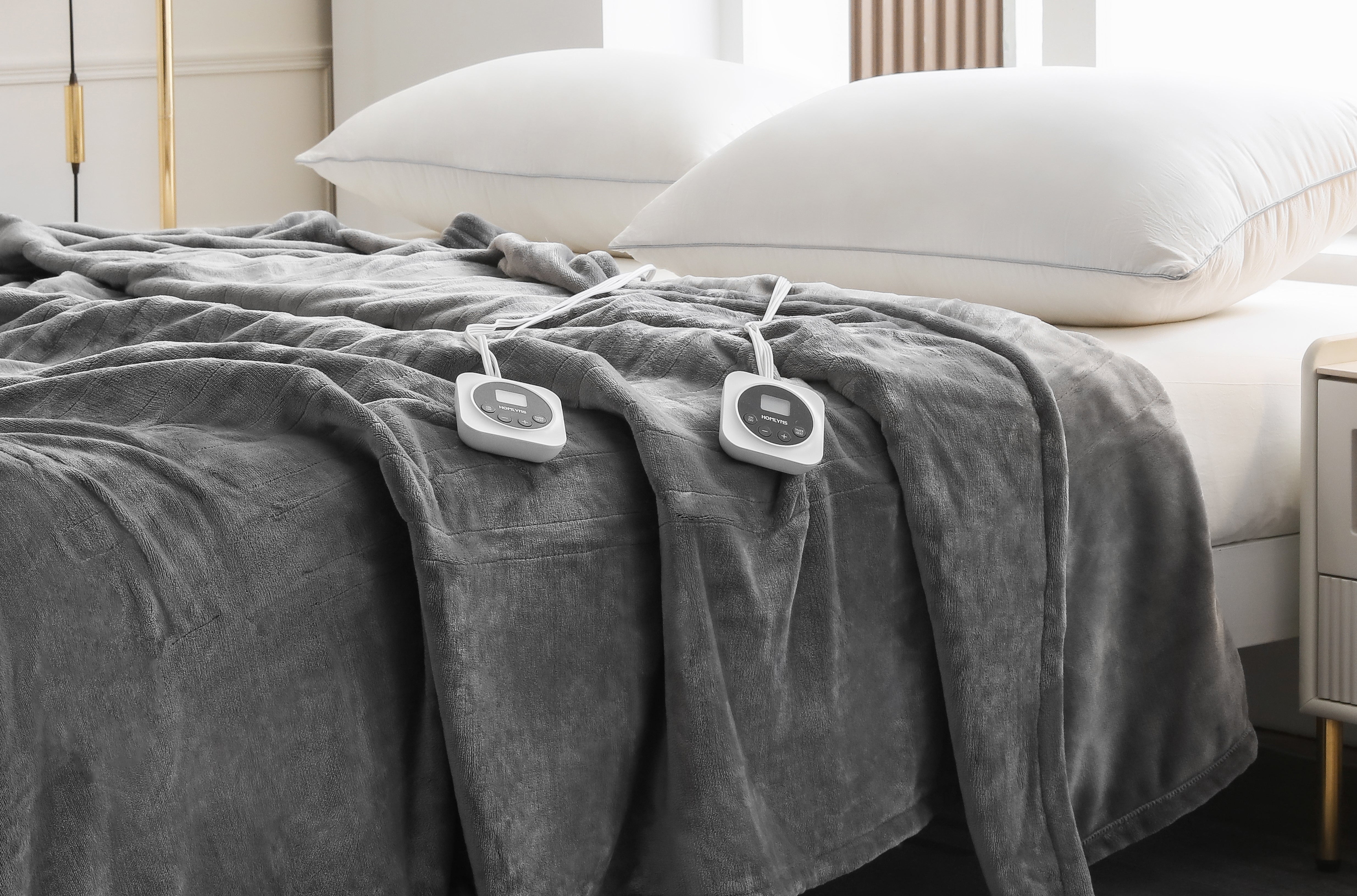
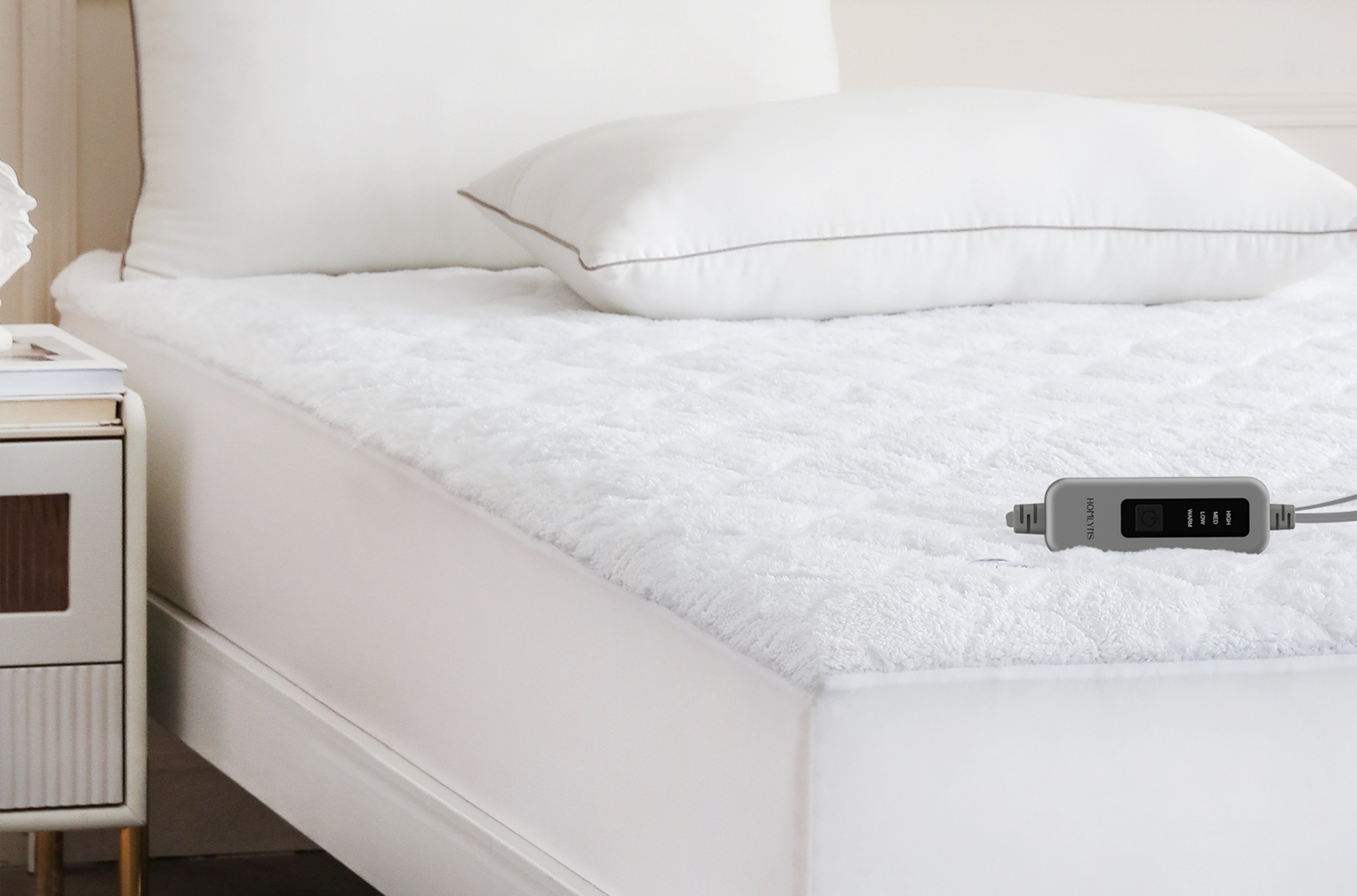
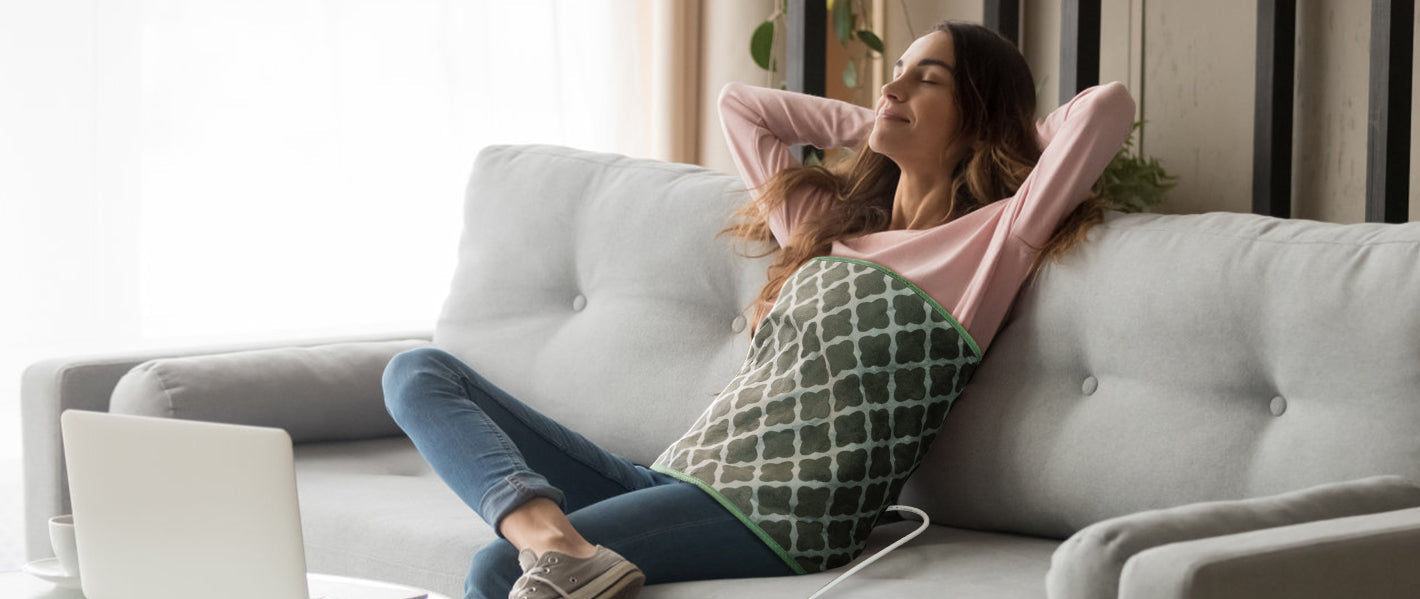
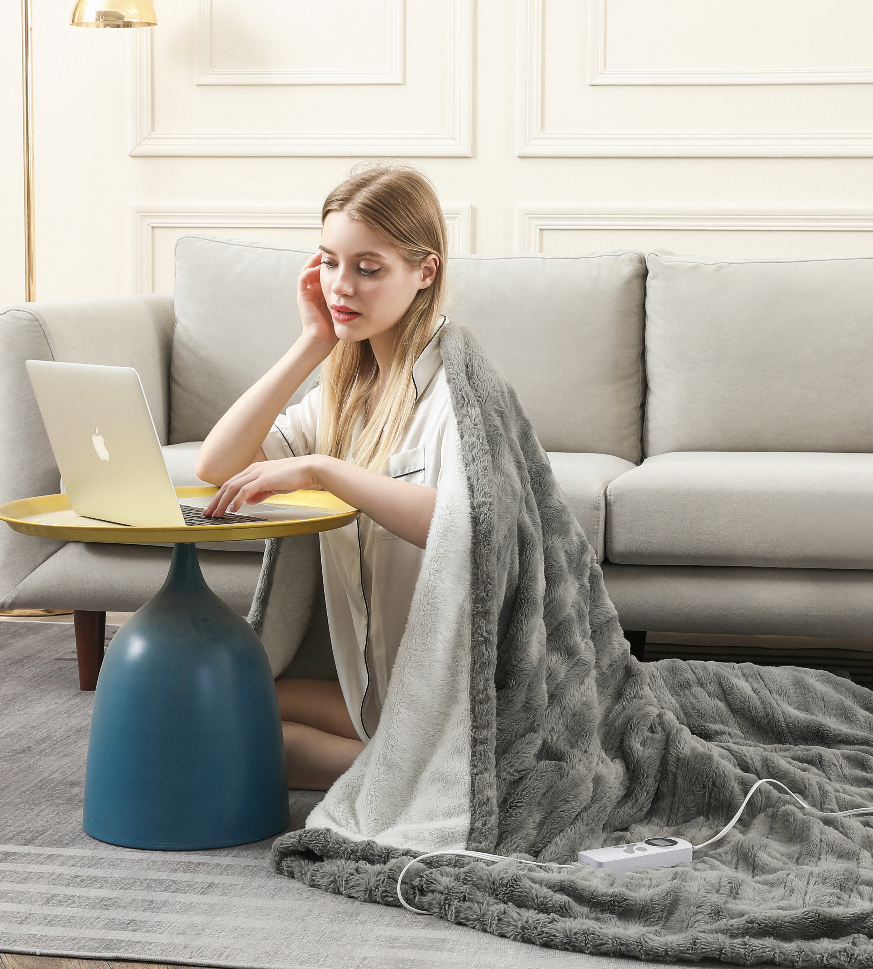

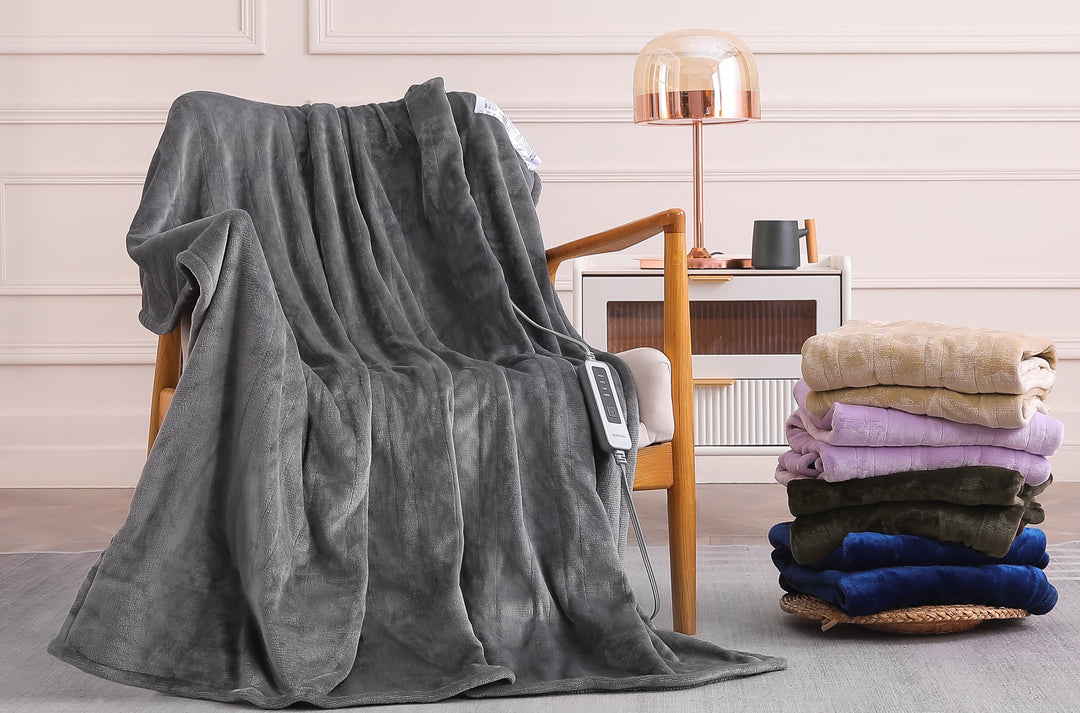
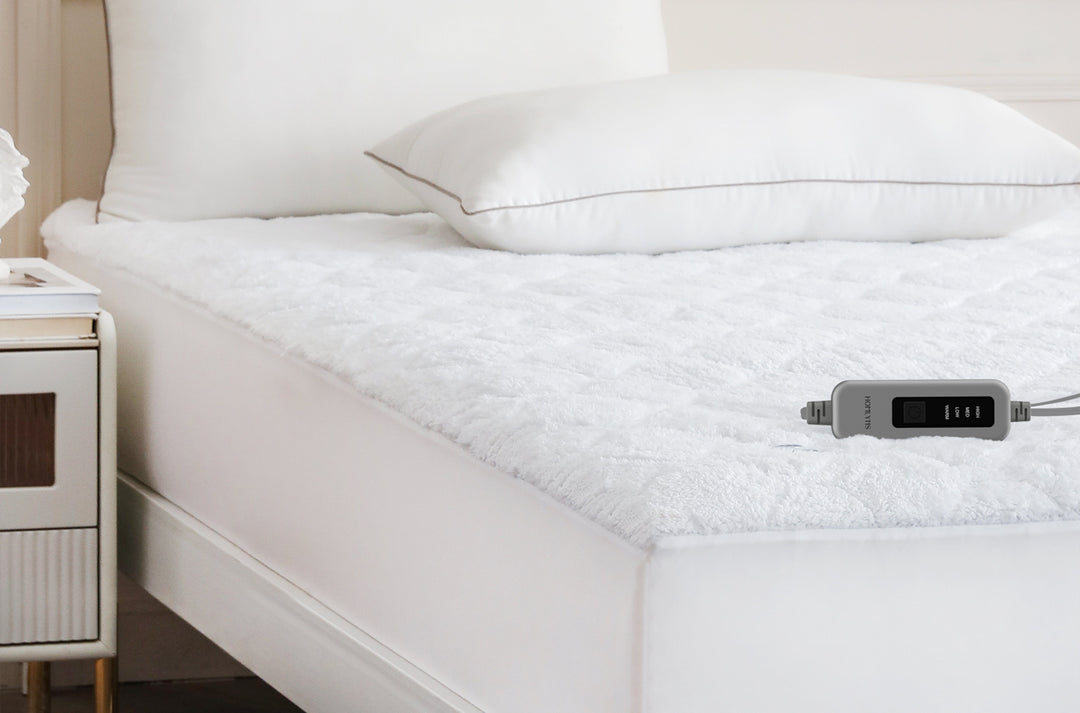
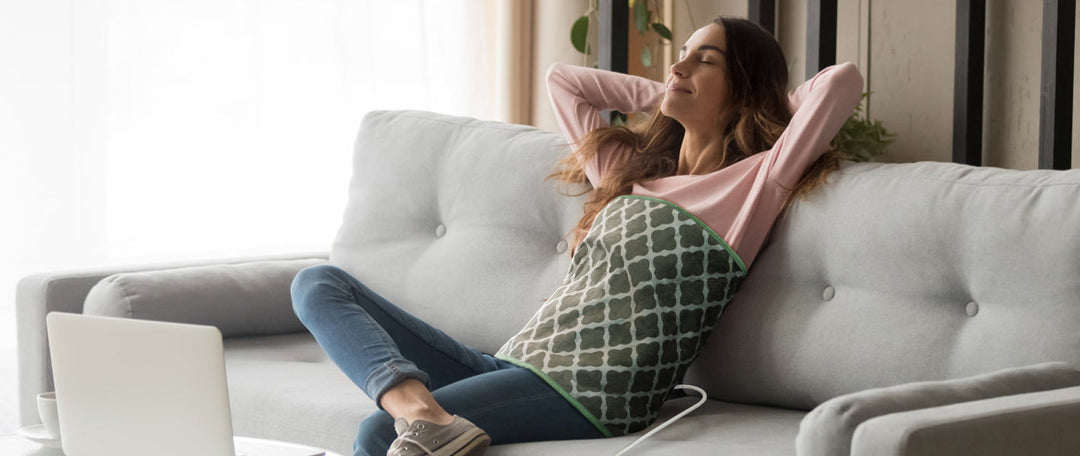


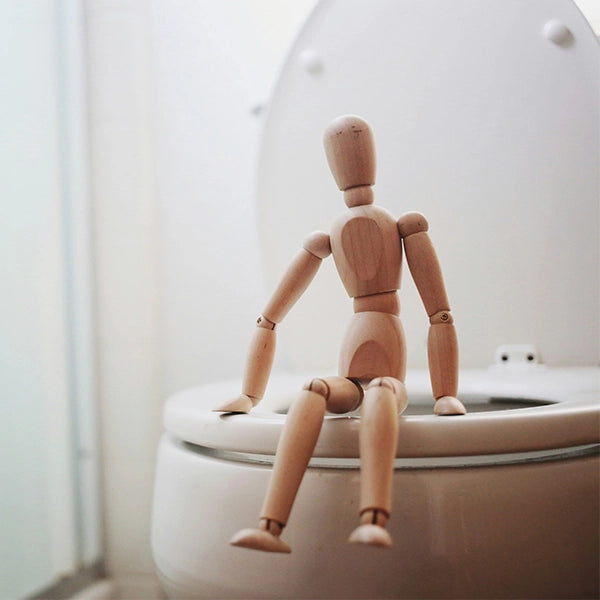
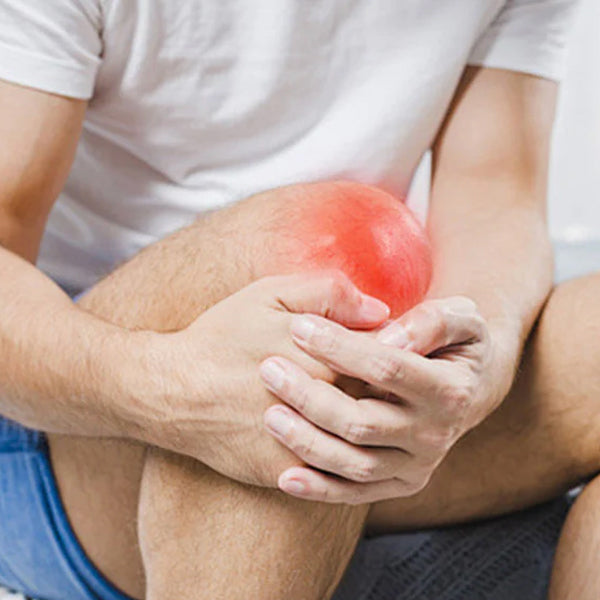
Leave a comment